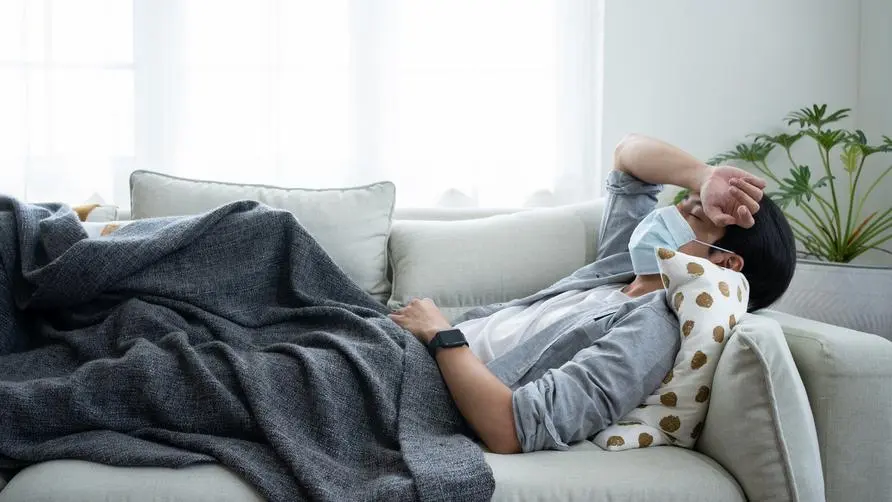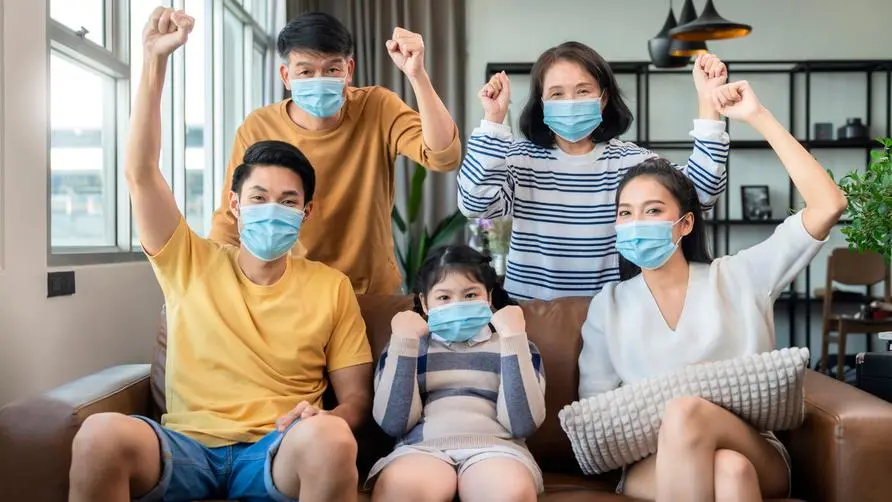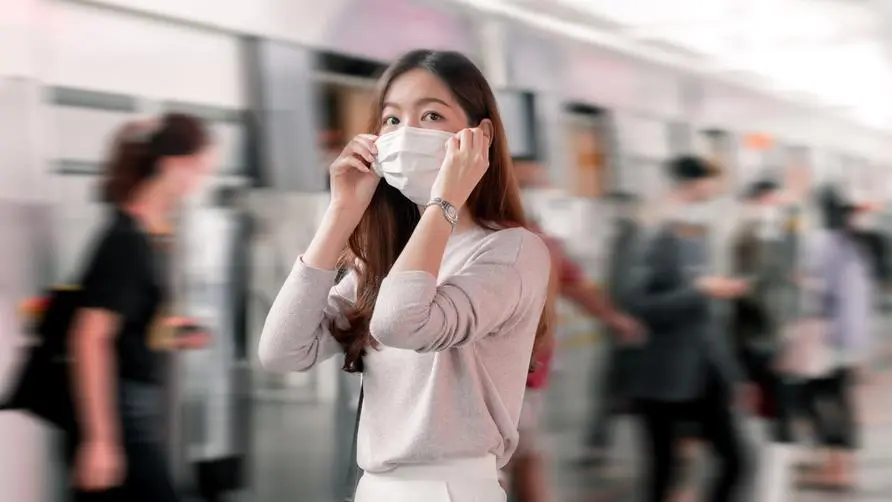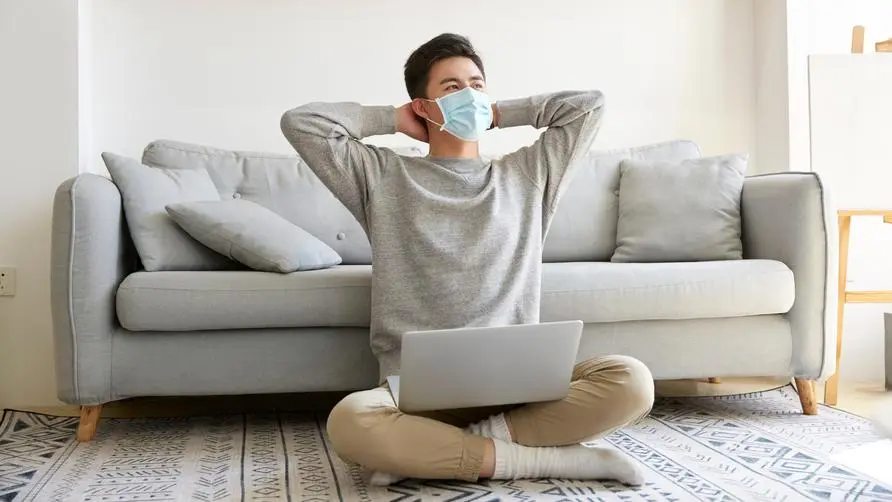How to disinfect during home quarantine? Critical care medicine implements "4 steps" to reduce the risk of transmission

Intensivists list “4 steps” for disinfection to effectively reduce the risk of “family transmission”
The COVID-19 epidemic in Taiwan is severe, with tens of thousands of confirmed cases every day, which means that the number of people who need “home isolation” will also increase day by day. If you are diagnosed and are in home isolation, in order to avoid the risk of infection to those who live with you, home disinfection is equally important as maintaining social distance and wearing masks.
Dr. Huang Xuan, an expert in critical care medicine, pointed out in a social post that previous studies have confirmed the importance of home disinfection: using disinfectant water to disinfect the environment at home can reduce the risk of home transmission by 77%; another study shows that at least 1 disinfectant a day Several disinfection measures can reduce the household transmission rate from 90% to 10%.
As for how to take disinfection measures to achieve maximum effectiveness? Dr. Huang Xuan lists the steps as follows:
When using disinfectant, you must first wear a mask and gloves, and open doors and windows in advance to promote air circulation through fans.
The mixing ratio of disinfectant water and tap water is mainly “1:50” to make a household cleaning solution.
Cleaning utensils such as rags and mops must be thoroughly soaked in household cleaning fluid. Start wiping from relatively clean areas and then further disinfect areas stained with blood, feces or body fluids.
Leave the cleaning solution for about 1-2 minutes, and then wipe it clean with a mop or rag soaked in clean water. Disinfection frequency is at least once a day.
According to the recommendations of the Taiwan Ministry of Health and Welfare, all daily necessities that are frequently touched by individuals or family members living together, such as doorknobs, electrical switches, furniture, decorations, or sinks, toilets, bathtubs, faucets, and showerheads in bathroom spaces, are Prepared cleaning fluid must be used for disinfection. If the disinfectant product does not contain detergent ingredients, visibly soiled surfaces should be cleaned with soap or household cleaner before disinfection.
Do tableware and personal clothes need to be handled specially? “5 major daily necessities” don’t neglect cleaning
In addition to disinfecting the home environment, personal disinfection measures in daily life must not be careless. Dr. Huang Xuan reminded that when eating, disposing of garbage or doing laundry during home isolation, you should be careful to avoid the risk of family transmission. For different supplies or furnishings, the following measures can be taken:
Tableware: After eating, masks and gloves should be worn when handling tableware for confirmed cases. You can use dishwashing detergent and liquid detergent to clean dishes as usual. Wash your hands immediately after taking off your gloves or handling the tableware of a confirmed case.
Garbage: When disposing of garbage, special trash cans should be provided for confirmed cases. Wear a mask and gloves when removing garbage bags and discarding garbage, and wash your hands immediately after discarding garbage.
Clothes: When washing clothes, use appropriate water temperature and dry them thoroughly. According to WHO guidelines, it is safe to wash the clothes of a diagnosed person together with other people’s clothes, and there is no need to wash them separately. If you handle the dirty laundry of a confirmed case, you should wear a mask and gloves.
Soft material furnishings (such as carpets, floor mats or curtains): special cleaning agents should be used. When vacuuming with a vacuum cleaner, be sure to wear a mask and open windows to increase indoor ventilation.
Electronic products: such as mobile phones, tablets, touch screens; keyboards and mice. In principle, use wiping alcohol with fiber cloth to wipe the surface of the product.
Source:
“How to disinfect your home environment during quarantine? - Dr. Huang Xuan
Further reading:





